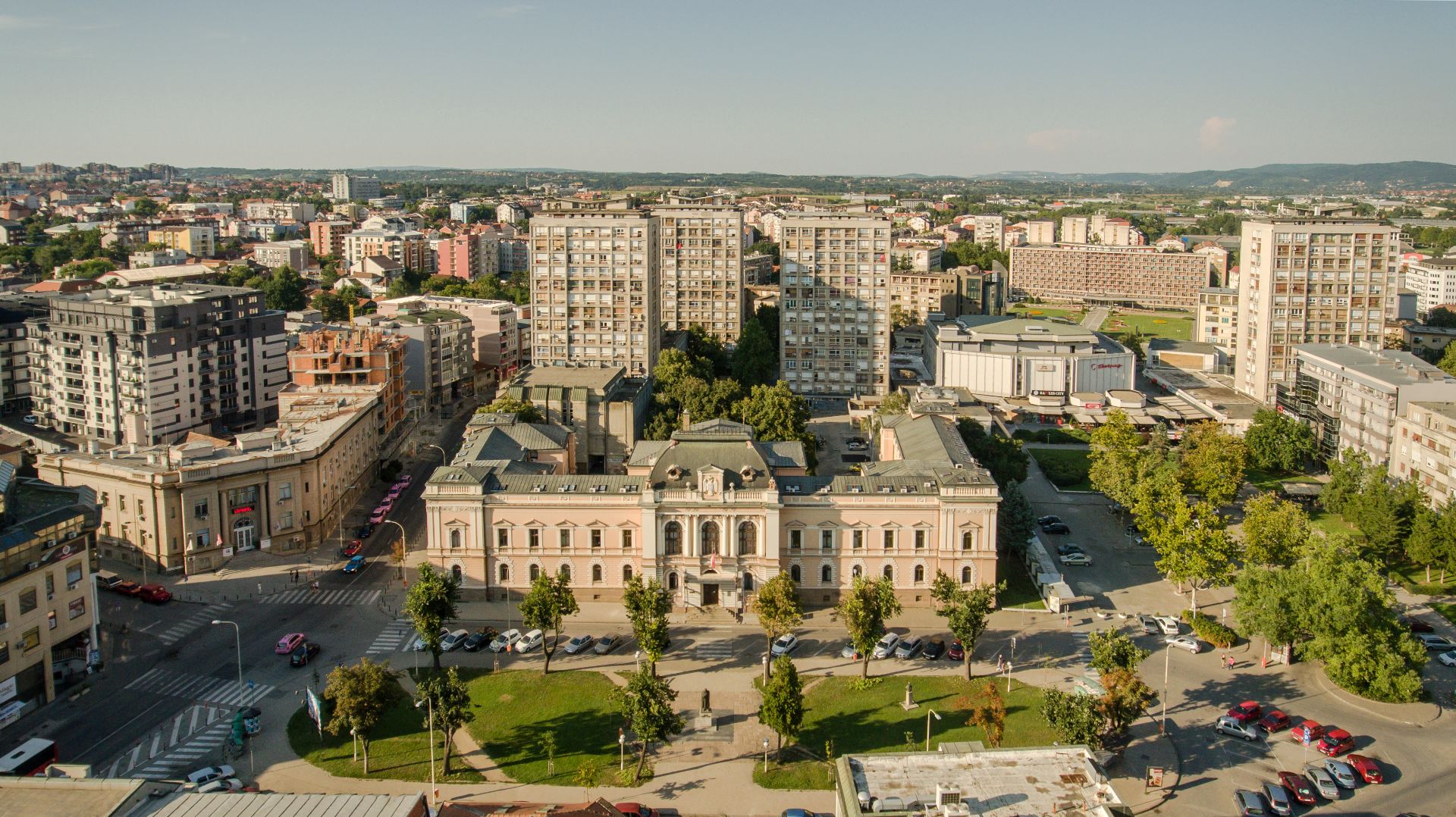HOST CITY- KRAGUJEVAC
The location of the City of Kragujevac and its vicinity was settled in prehistoric times as demonstrated by numerous objects and archaeological monuments.
Kragujevac was first mentioned in 1476, after the fall under Turkish rule, in the Tapu-Defter. It consisted of a public square built in a settlement with 32 houses. From that time on it was desolated like all of Sumadija. Kragujevac was revived in the second half 15th century when Turks erected a new settlement on the left bank of the river Lepenica.
Kragujevac began to prosper in 1818 when it was proclaimed the capital of the new Serbian State on May 6th, St. George’s Day. Because of its favorable central geographical position, nationally homogeneous population, unlike Belgrade which had a heavy Turkish population, Prince Milos chose Kragujevac to become the center of the state. When the capital was moved to Belgrade in 1841, a period of stagnation in Kragujevac began. Between the two World Wars, the development of a military industry impacted the spatial development of Kragujevac. During World War II, Kragujevac was exposed to devastation. One of the gravest tragedies was a mass killing of the civilian population, including 300 pupils of the grammar school on October 21, 1941.
Despite all the hardships it faced, Kragujevac and its citizens always maintained hope for the future. Today, Kragujevac is a city with an infrastructure, a geostrategic position and an available labor force that can guarantee successful business development. Along with two centuries of industrial tradition, Kragujevac is recognized for its openness to new ideas, educated young population, and its experienced, productive work force.


